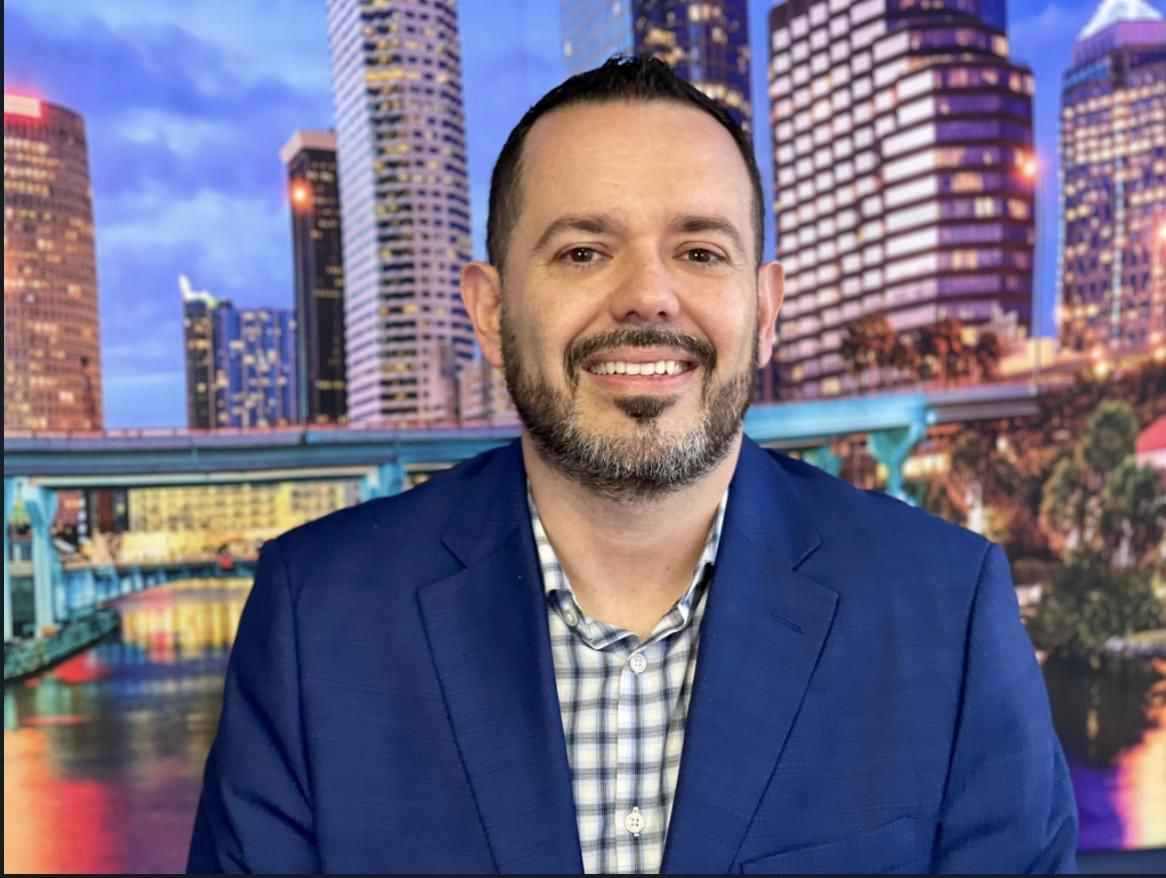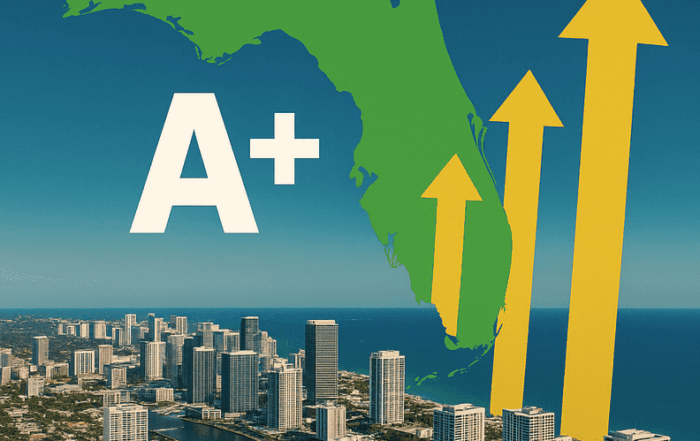
When Will the Housing Market Crash in Florida? An Investor’s Analysis of Historical Trends and Future Outlook
Historical Crashes in Florida’s Housing Market
The 1920s Land Boom and Bust
One of Florida’s earliest and most infamous housing crashes was the Land Boom of the 1920s, a speculative frenzy that turned into a massive bust. During the early 1920s, Florida real estate prices soared as outside speculators poured in, lured by economic prosperity and Florida’s tropical allure. Easy credit and rampant flipping drove prices far beyond intrinsic values. For a time, the boom created entire new cities and developments on Florida’s swampy lands. However, by 1925, cracks began to show—prices were based solely on finding the next buyer rather than real land value.
In 1926, a series of events slammed the brakes on the boom: a shipping mishap blocked Miami’s harbor, a railroad embargo slowed the inflow of construction materials, and most disastrously, the Great Miami Hurricane of 1926 hit. The hurricane wiped out confidence and infrastructure, effectively ending the boom as buyers vanished. Property values collapsed, and banks across Florida began to fail. The result was a financial collapse that ruined thousands of investors and property owners and crippled the local economy for years. Florida’s real estate market languished through the Great Depression, and genuine recovery didn’t take hold until after World War II.
The 1970s and 1980s Corrections
Florida saw smaller-scale downturns in the 20th century as well. In the early 1970s, a wave of condominium construction swept the state. Developers built thousands of units, only to find themselves with vast unsold inventory when a national recession hit in 1974. The oversupply led to price drops and financial pain for builders. A few years later, another speculative mini-boom in Miami (fueled by wealthy Latin American buyers snapping up condos) ended abruptly when oil prices fell; many foreign investors couldn’t follow through on purchases, forcing developers to resell units at significantly lower prices.
These episodes, while not as devastating as the 1920s or 2000s crashes, reinforced that Florida’s housing market is highly cyclical. Sudden changes in economic conditions—whether a recession, policy shift, or global crisis—can tip a booming market into oversupply and correction.
The 2007–2008 Housing Crash
The most recent major crash was the housing bust of the late 2000s, which hit Florida harder than almost anywhere in the U.S. In the early 2000s, Florida home prices skyrocketed amid a frenzy of easy mortgages, low interest rates, and rampant speculation. From 2000 to 2007, Florida housing prices surged by about 96%, nearly doubling and far outpacing income growth. This boom was fed by subprime lending and a belief that prices could only go up. By 2005, flipping houses and condos was common; in some new condo projects, speculators accounted for as much as 80% of sales—a red flag that much of the demand was froth.
When the bubble burst starting in 2007, the impact was catastrophic. Home prices plummeted rapidly. Statewide, Florida’s house prices fell about 52.7% from the peak in April 2006 to a trough in October 2011. In other words, the typical Florida home lost over half its value, erasing the gains of the entire boom. The collapse left countless owners “underwater” (owing more on mortgages than their homes were worth) and led to a wave of foreclosures. Florida’s mortgage default rates became among the highest in the nation, with delinquency rates soaring. The fallout devastated the construction industry and wiped out a huge amount of household wealth. It took years for the market to recover—Florida’s housing bottomed around 2011–2012, and only by the mid-2010s did prices climb back to their pre-crash levels.
Economic Indicators That Triggered Past Crashes
Historical crashes often show common economic red flags before the fall. Investors can watch these indicators as warning signs:
-
Easy Credit & Low Interest Rates: A period of cheap money often precedes a bust. Both the 1920s and early 2000s housing booms were driven by easy lending, allowing people with minimal down payments to bid up prices. When credit conditions tighten or rates rise sharply, demand can dry up fast.
-
Overbuilding and Housing Supply Gluts: An imbalance between supply and demand is a classic precursor to a crash. Florida’s boom cycles have often led to builders racing to put up homes, sometimes too many. By 2006, inventory surged, and when demand cooled, it created a sharp downturn.
-
Speculative Mania: A high presence of speculators and house flippers is another indicator of a frothy market. Florida’s 1920s land rush and the 2000s condo boom were both fueled by speculators looking for quick profits. When they bailed out, markets collapsed.
-
External Economic Shocks (Recessions, Disasters, Policy): Broader economic downturns or sudden shocks have triggered Florida housing crashes too. The Great Depression magnified the 1920s bust, while the 2008 financial crisis was the catalyst for the housing free-fall. More recently, rising insurance costs and new safety regulations have put pressure on Florida’s condo market.
Today’s Market vs. the Past: How Do Conditions Compare?
With Florida home prices having surged in recent years, many investors are asking if we’re in another bubble. While there are some parallels to previous boom periods, there are also critical differences:
-
Home Price Growth: Prices have risen significantly, but recent declines suggest the market is already cooling rather than setting up for a dramatic crash.
-
Inventory and Supply: Unlike 2006, Florida does not have an extreme oversupply issue. However, certain markets are seeing a rise in active listings, which could signal softening.
-
Lending Standards and Mortgage Risk: Unlike the subprime lending era, most recent buyers had to qualify under stricter lending standards, reducing the risk of widespread defaults.
-
Investor Activity: Many investors entered Florida’s market during the recent boom, but speculation is lower compared to the mid-2000s. Large-scale investor sell-offs could still impact prices.
-
Economic Fundamentals: Florida’s strong job market and continued migration provide a cushion against a severe downturn, but affordability challenges could weigh on demand.
-
Insurance and Climate Factors: Rising insurance premiums and climate risks add unique challenges today that weren’t as prominent in past crashes.
Future Outlook: Will Florida’s Housing Market Crash Again?
The consensus is that a dramatic crash is not imminent in 2025, but the market is in a delicate balancing act. While Florida is unlikely to see a 2008-style collapse, certain overheated areas could experience significant corrections. Key warning signs to watch include:
- A surge in housing inventory without matching demand
- Rising mortgage delinquencies and foreclosures
- Economic downturns impacting employment in Florida
- High interest rates further limiting affordability
- Investor sell-offs triggering price declines
- Insurance and climate risks affecting property values
The Bottom Line for Investors
Florida’s housing market is cooling but remains fundamentally stronger than past crash scenarios. A full-blown collapse is unlikely, though price adjustments may continue. Savvy investors should watch economic indicators closely, stay financially prepared, and be ready to take advantage of opportunities if a downturn deepens. While the exact timing of Florida’s next crash is uncertain, history shows that those who plan ahead and invest wisely can turn downturns into their biggest opportunities.
Pick your expert. Book your free 15-minute consult now. We are here to help!
Our Top Articles
Why You Should Sell Your Deals with Us
Jorge Vazquez2025-08-02T03:43:24+00:00August 2nd, 2025|Comments Off on Why You Should Sell Your Deals with Us
Let’s keep it real—wholesaling ain’t easy. You lock up a deal, hustle to find a [...]
Landlords, Listen Up: Florida’s A+ Economy Is Coming—Here’s Why 2025 Still Makes Sense
Jorge Vazquez2025-08-01T19:53:23+00:00July 31st, 2025|Comments Off on Landlords, Listen Up: Florida’s A+ Economy Is Coming—Here’s Why 2025 Still Makes Sense
Florida’s A+ Economy in 2026: What This Means for Landlords, Renters, and Real Investors Like Me By Jorge Vazquez, [...]
What It Really Takes for Agents to Make Millions in Real Estate
Jorge Vazquez2025-08-01T01:32:51+00:00July 31st, 2025|Comments Off on What It Really Takes for Agents to Make Millions in Real Estate
What It Really Takes for Agents to Make Millions in Real Estate Inspired by a Fellow Featured Agent—Kat Palmiotti [...]
Property Profit Academy:
✔ Learn to buy properties with little to no money down.
✔ Build a $10M portfolio step by step.
✔ Master strategies like BRRRR and house hacking.








